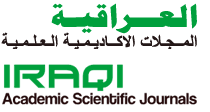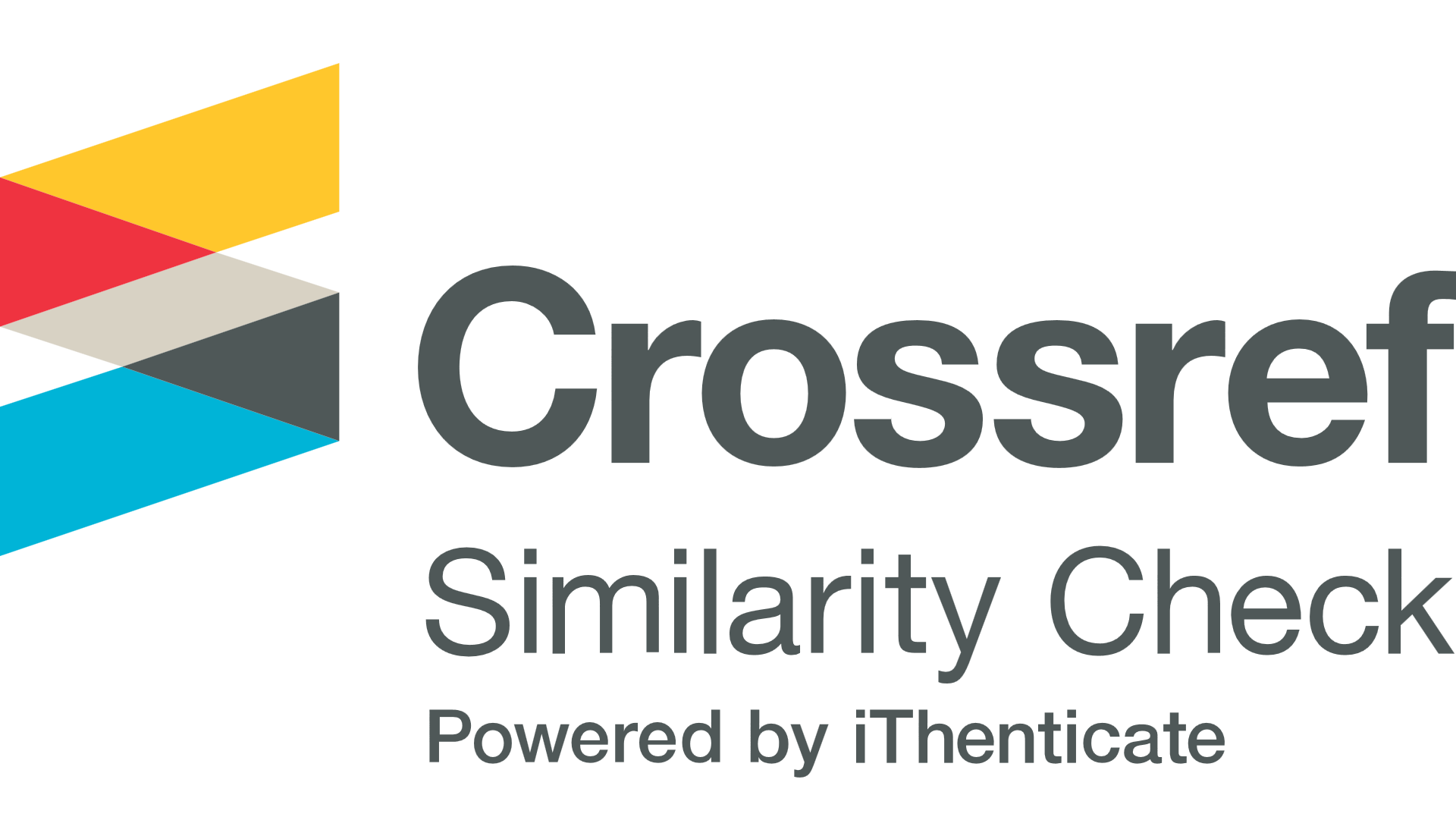Insecticidal activity of aqueous extracts of some medicinal plants on stages of south beetle beans Callosobruchus maculatus (Fab.)
Abstract
The current study examines the effect of six concentrations of aqueous extracts which are 2.5, 5, 10, 15, 20 and 25% of four medicinal plants on the biological aspects of south beetle beans Callosobruchus maculatus. These plants belong to the family Umbellifera, they are: Coriandor Coriandrum sativum, Cumin Cuminum cyminum, Fennel Foericulum vulgare and Anise Pimpinella anisum. The activity test of these plants was done by soaking chickpeas seeds (the food of the insect) in the previous extracts. The aqueous extracts of Coriandor, Fennel and Anise cause 100% killing of the larval and pupal stages at 25% concentration. The treatment had a significant effect on some of the biological aspects of the first generation pregnancy, since the female productivity decreased to 20.53% at the concentration 25%. Also egg retention occurred in anise treatment. While the productivity of control treatment was 79.26%, also eggs retention was occurred in the female of the southern cowpea beetle which reached 41.70% in Anise treatment at the concentration 2.5%. The study proved that the almost of the above treatments affected the eggs viability of the first generation females.
References
- Ismail A. Y., Arab. Plant Protec. J., 24(1): 28-31(2006). (In Arabic).
- SAS Institute, SAS/user's Guide: Statistics. Version. SAS Institute, Inc. Cary, NC. USA (1996)
- Al-rawi K. and Abdul-Aziz K.A., Design and analysis of Agriculture Experiments. Dar Al-kutb for printing and publishing, University of Mosul (2000)
- Derkyi S.A. and Owusu-akyaw M., Int. J. Biol. Chem. Sci. 4(3):616-623(2010)
- Abdulla S.W., M.Sc. Thesis, College of Education, University of Mosul (2014).
- Khalaf J.M. Dhiqar Univer. J., 8(2): 150-162 (2013). (In Arabic).
- Al-Awadi A.H.A., Dhiqar J., 5(2): 19-30 (2015). (In Arabic).
- Al-Rubiae H.Y.M. and Al-Rubiae H.M.K., Univer. Babylon J. Pure Appl. Sci., 22(8): 2084-2093(2014). (In Arabic).
- Rockstein M. Biochemistry of Insects. Academic Press, London pp. 430 (1978)
- Aboua L. Roi N., Seri-Kouassi, Badama P., and Kona H. Koualou J. Sci. Res., 39(2): 243-250 (2010)
- Mohammod I.A. and Majeed I.I., Iraqi J. Market Res. Consum. Protec., 6(1):127-141(2014).(in Arabic).
- Mohammed K.S. and Tariq M.S. Arabic Plant Protec. J., 25(2): 138-141 (2007). (In Arabic).
- Issa A. A., Tikrit J. Agri. Sci., 16(4): 127-141 (2016). (In Arabic).
- Ibrahim H.K. and Al-delimi B.M.M., Tikrit J. Pure Sci., 21(7):42-49 (2016). (In Arabic).
- Sakar S.H., Hadi M.H. and Hasan O.K., J. Univ. Babylon Pure Sci. Appl. Eng. Sci., 26(1):30-36(2018).(In Arabic).
- Jayakumar, M.J. Pest Sci. 81(4):220-213 (2010).
- Al-Joubori R.K.I., Iraqi University: Basic Educ. J., 23(97):165-176 (2017). (In Arabic).
- Daood A. S., Mohammed B.M. and Abdul-Jabbbar H.D., Tikrit J. Pure Sci., 15(1): 81-91(2010). (In Arabic).
- Mohammed A. M., M.Sc. Thesis, College of Agriculture, University of Mosul (1980). (In Arabic).
- Oplinger E.S., Hardman L.L., Oelke E.A., Kaminshi A. R., Schulte and Doll J.D. Chickpea (garbanzo bean), http://FAO.Chickpea.Htm. (1990)
- Wright D.P., Antifeedants. In CW.W. Kilgore and R. L. Doutt (eds.) Pest control: Biological physical and selected chemical methods. Academic Press, New York pp.287-293(1967)
- Ishimoto M., Sato T., Chrispeels M. and Kitamura K., J. Entomolgic Experiment alis et Applicata, 79: 309-315 (1996)
- Riose J.L., Recio M.C. and Villar A., J. Ethm. Pharmacol., 21:143-152 (1987)
- Szentest A., Acta phytopath. Acad. Sci. Hungoricac, 7(4):453-463(1972)
- Ma D., Zalucki M. and Gordh G. Report to Rhonepoulence Rural Australia PTX Ltd, Report-II: 25-38 (2002)





